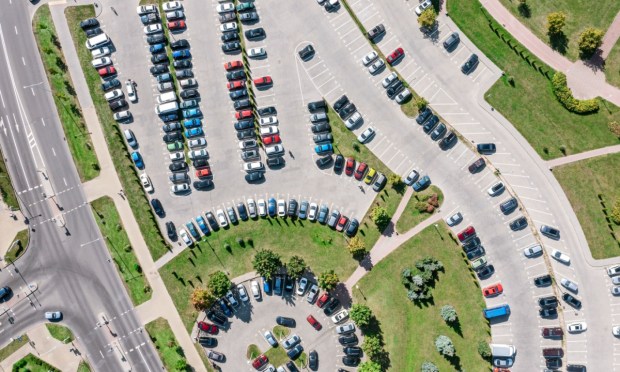
Artificial intelligence (AI) and digital twins are teaming up to help companies make smarter decisions by mirroring real-world assets and analyzing data.
Digital twins are virtual replicas of physical objects and systems that can be made more useful with AI algorithms that analyze and learn from information. Fujitsu’s latest venture into digital twin technology for traffic analysis showcases the potential of these tools in reshaping business operations.
“AI plays a pivotal role in enhancing the utility of digital twins, transforming them from mere static virtual replicas into dynamic and interactive models that can simulate real-world scenarios comprehensively,” Vlad Panov, vice president of engineering at the consulting firm Publicis Sapient, told PYMNTS in an interview.
“The integration of AI into the creation of digital twins allows businesses across various sectors, such as manufacturing, to leverage these models for training, prototyping or product testing purposes. By enabling dynamic simulations, AI ensures that every possible scenario is captured and reviewed, significantly improving the accuracy and effectiveness of these simulations.”
In the latest spin on digital twins, Fujitsu and Carnegie Mellon University developed technology that can help visualize traffic. The technique uses AI to transform 2D camera images into dynamic 3D models, making it easier to understand how people and vehicles move in real time. The plan is to test this tech at busy intersections in Pittsburgh to see how well it works in the real world.
At the heart of this technology is an AI system trained to recognize the shape and location of objects and people. It combines two main innovations: one that figures out how much space objects occupy in 3D from just a regular camera image and another that accurately places these objects in a 3D model of the scene. The system could be a game-changer for analyzing traffic flow and preventing accidents at intersections. Plus, it keeps personal details like faces and car plates private.
Fujitsu and Carnegie Mellon aim to bring this technology to the market by 2025. They’re not just looking at traffic control; they see potential for it to play a big role in building smart cities and making roads safer.
Integrating digital twins and AI is reshaping how businesses approach problem solving and decision making, from manufacturing and supply chain management to healthcare and urban planning. By leveraging the insights generated from these technologies, organizations can optimize resource allocation, reduce downtime, improve product quality, and enhance customer experiences.
Moreover, simulating and testing various scenarios using digital twins allows businesses to explore new ideas and strategies without the risk and cost associated with real-world experimentation.
One prominent example of digital twin technology in action is manufacturing. General Electric has been using digital twins to optimize the performance of its wind turbines. By creating virtual models of the turbines and analyzing data from sensors, GE can predict maintenance needs, reduce downtime, and increase overall efficiency.
Similarly, automaker BMW has employed digital twins to simulate and test new production processes, reducing the time and cost associated with physical prototyping and enabling faster innovation.
The application of digital twins extends beyond manufacturing. In the healthcare industry, digital twins of patients are being created to personalize treatment plans and predict potential health risks. By combining data from wearable devices, electronic health records, and genetic information, healthcare providers can develop comprehensive virtual models of individual patients.
In the realm of smart cities, digital twins of entire urban areas are being developed to optimize infrastructure, transportation, and energy management. For instance, Singapore has created a detailed digital twin of itself to test and implement new policies, monitor traffic flow, and plan for future development.
As the adoption of digital twins and AI continues to gain momentum, experts predict these technologies will become essential tools for businesses seeking to thrive in the digital age.
“There are significant bi-directional benefits between AI and digital twins,” Jason Noel, executive director of emerging technology at Ernst & Young, told PYMNTS in an interview. “For example, digital twins can benefit from AI to power sophisticated multimodal decision intelligence inside the twin. Conversely, AI can benefit from digital twins as an interface layer that can bring complex technological capabilities to bear with human-centric interfaces far beyond the simplistic chat style interfaces used today.”
As digital twins evolve, they are expanding into new sectors beyond their traditional applications in product development, engineering, and advanced manufacturing, Noel said. This evolution will lead to the widespread use of AI-powered digital twin platforms across various organizational levels, including front-line employees, operations, finance, and strategy.
“For companies that deploy properly designed digital twins, it will become the backbone of running their business and enhance their competitive edge,” he added.